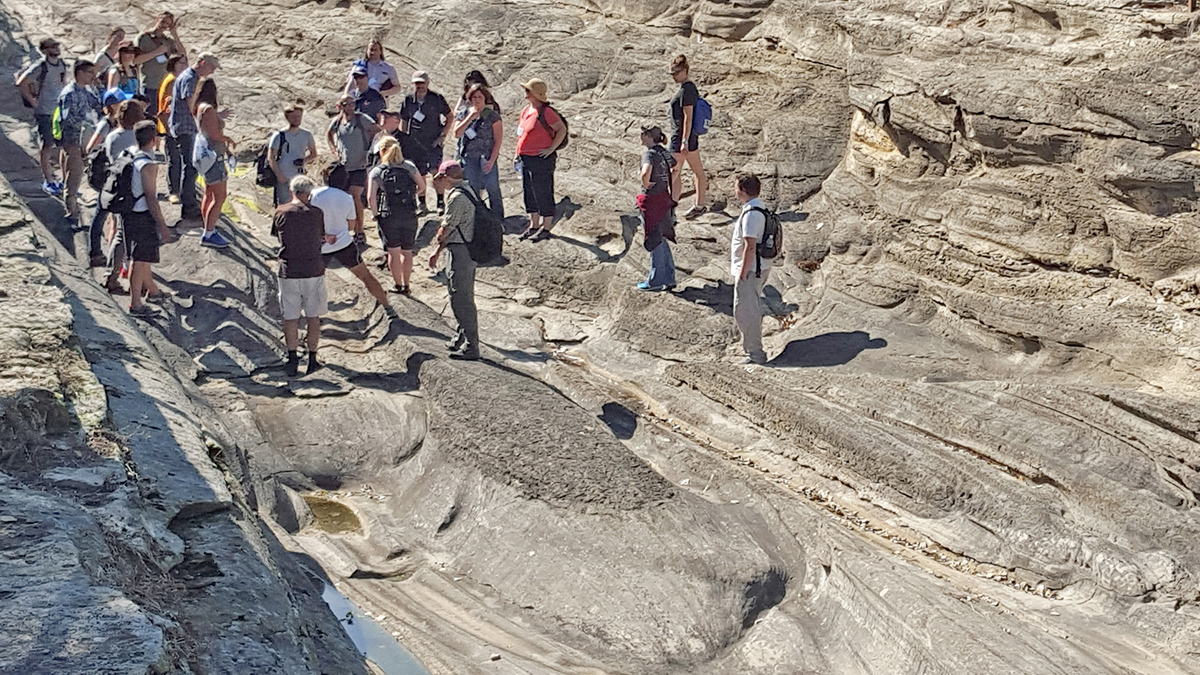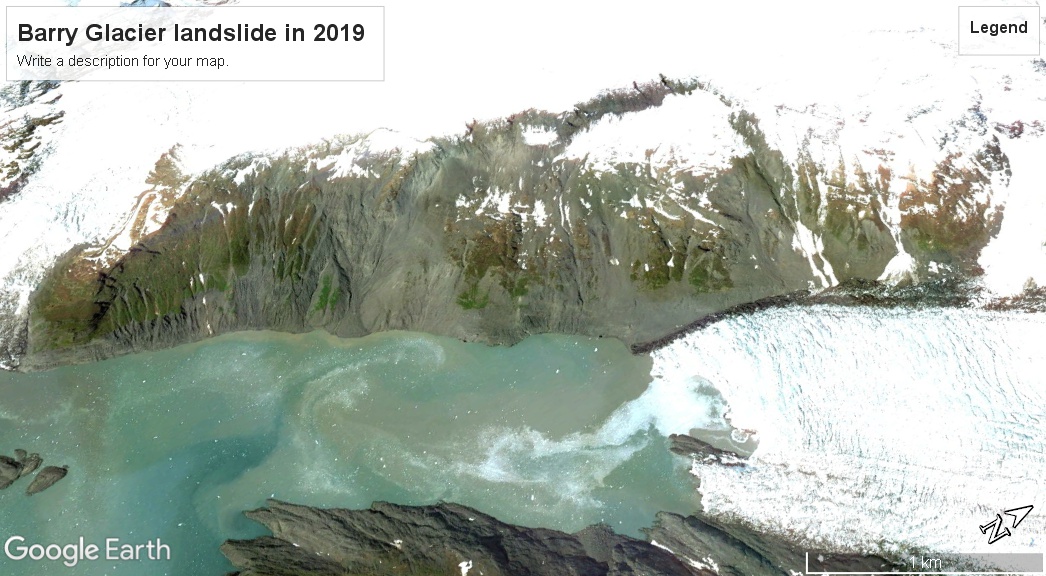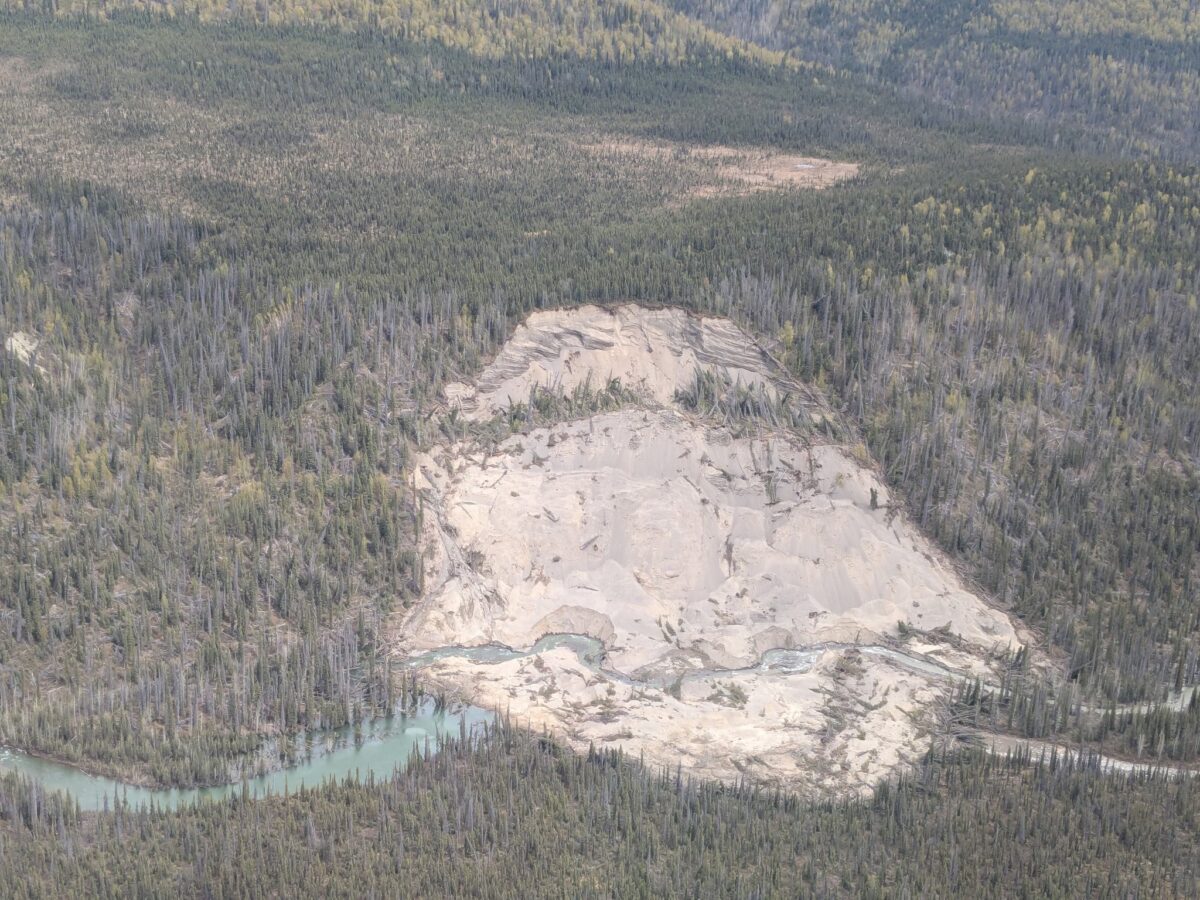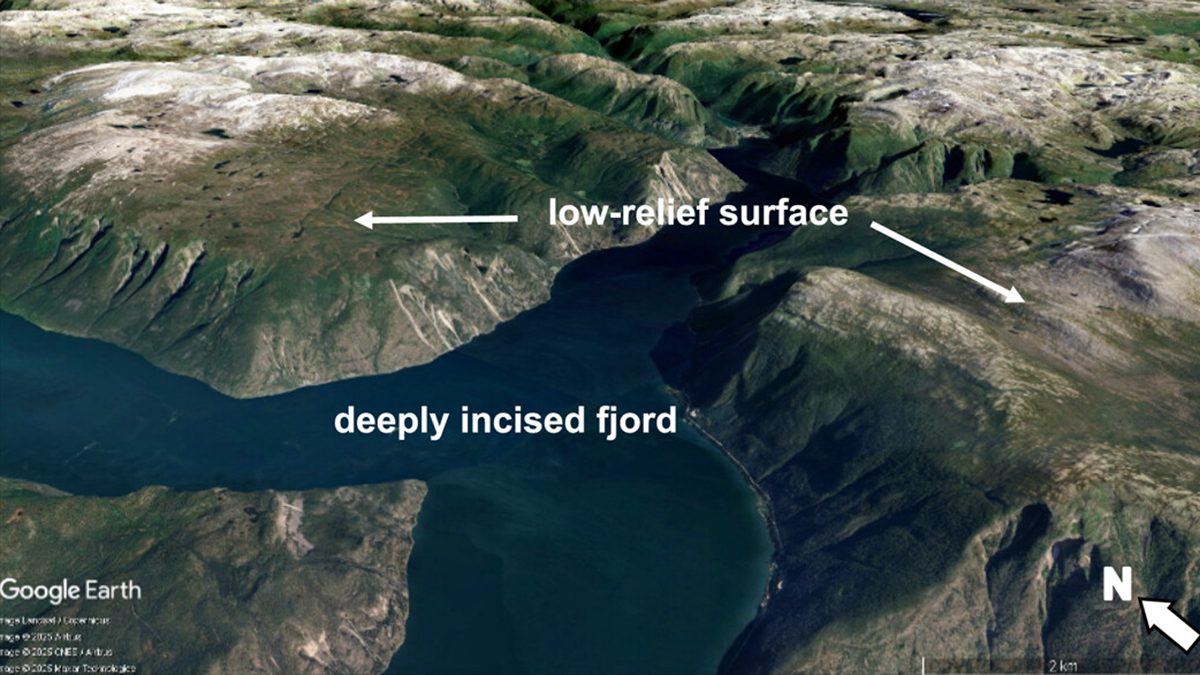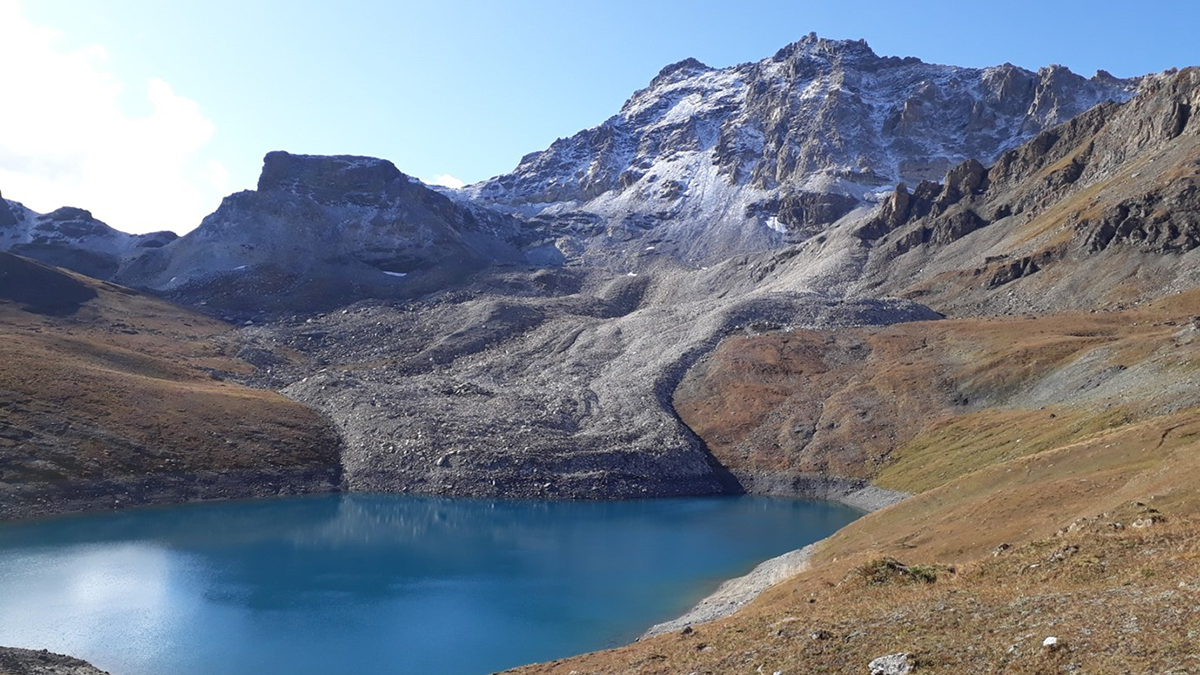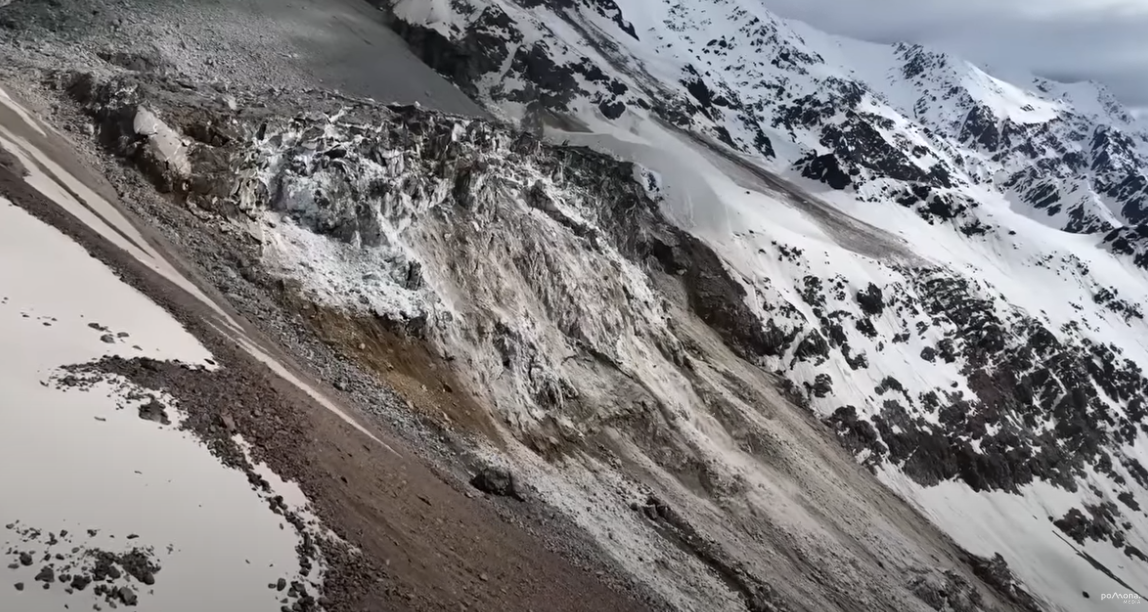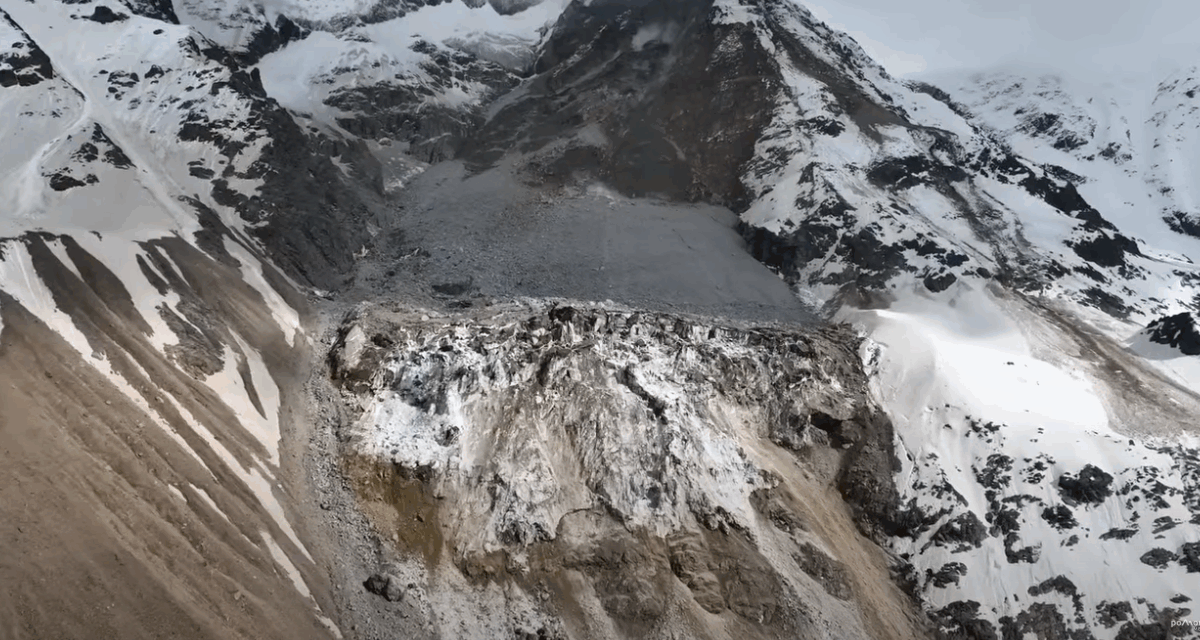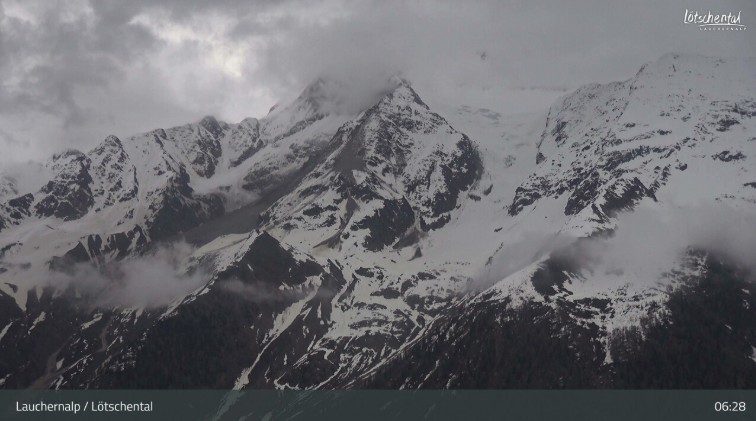On 28 July, more than 170 researchers sent a letter to National Science Foundation leaders and Congress, urging them to reconsider the decision to terminate the lease of the Nathaniel B. Palmer, the United States’ only Antarctic research vessel-icebreaker (RVIB) and a key part of science operations around the White Continent.
glaciers & ice sheets
Getting Schooled in Complex Earth System Modeling
Training schools focused on modeling solid Earth responses to ice mass changes offer lessons on how early-career scientists can build professional networks and learn skills to solve complex problems.
The 8 July 2025 catastrophic flood at Rasuwagadhi in Nepal
Yesterday, catastrophic flood swept down the Bhote Kosi river through Tibet and Nepal. At least 28 people have been killed. There is speculation that this might have been a GLOF. On 8 July 2025, a catastrophic mudslide / flood suddenly struck the Rasuwagadhi border crossing point between Tibet and Nepal, causing extensive damage. The Himalayan […]
Landslides during periods of glacial retreat in Alaska
An excellent new paper (Walden et al. 2025) examines the occurrence of accelerated movement in rock slope landslides in Alaska as adjacent glaciers melt. The exceptional temperatures in recent days in both North America and Europe has once again highlighted the rate at which the climate is changing in response to anthropogenic increases in greenhouse […]
A landslide on the Lakina River in Alaska
A recent Facebook post has highlighted a reasonably large slump landslide in a remote area of Alaska. Satellite images suggest that this occurred in late October or early November 2024. Loyal reader Andrew McNown kindly highlighted a recent Facebook post that provided some images of a landslide that has partially blocked the Lakina River in […]
High Relief, Low Relief — Glaciers Do It All
Contrary to conventional wisdom that glaciers just carve landscapes, they can also form low-relief surfaces by sheltering rock from erosion, enriching understanding of how mountain landscapes evolve.
Rock Glacier Velocity: Monitoring Permafrost Amid Climate Change
The movement of unique landforms called “rock glaciers” give insight into how climate change is impacting permafrost in mountainous regions.
The 28 May 2025 catastrophic failure of the Birch Glacier and the partial burial of Blatten
The Landslide Blog is written by Dave Petley, who is widely recognized as a world leader in the study and management of landslides. Over the course of the last few days, I have been blogging about the evolving situation on the slopes above Blatten in Switzerland. I documented that attention slowly transitioned from worries about […]
The 28 May 2025 update on the landslide threatening Blatten in Switzerland
The Landslide Blog is written by Dave Petley, who is widely recognized as a world leader in the study and management of landslides. Over the last 24 hours there have been further developments in the situation on the slopes above Blatten in Switzerland, with attention continuing to focus primarily on the Birch Glacier. Yesterday evening […]
The 26/27 May 2025 update on the landslide threatening Blatten in Switzerland
Smaller rockfalls have reduced the risk of a major rock slope collapse above Blatten, but attention has shifted to the Birch Glacier, which is now moving at 10 metres per day. The Landslide Blog is written by Dave Petley, who is widely recognised as a world leader in the study and management of landslides. Over […]


